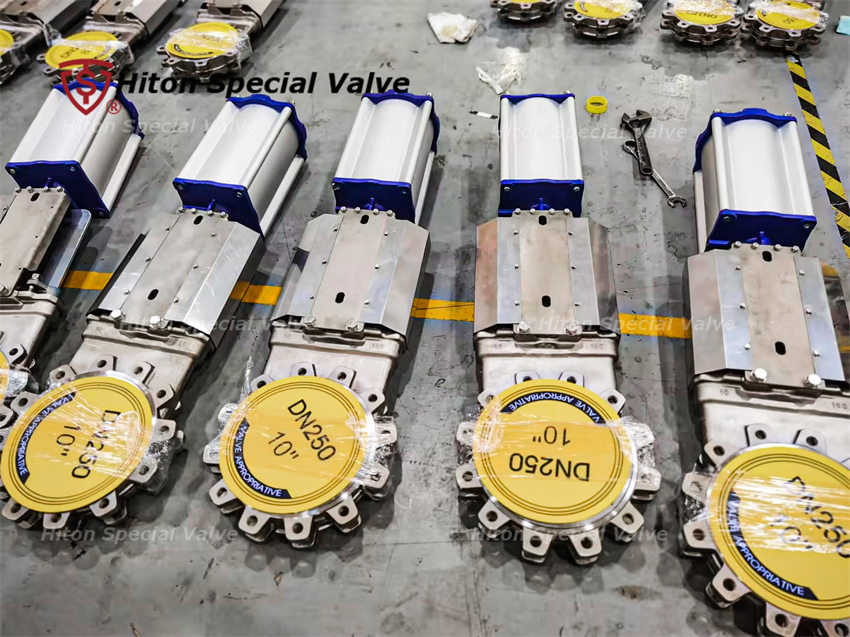Knife gate valves are challenging to achieve zero leakage in practical applications. While knife gate valves can provide good sealing performance when closed, there may be minor leaks due to contact surfaces and clearances between the blade and the seat, as well as the connection between the blade and the valve body.

These leaks are primarily caused by manufacturing and installation imperfections, material wear, and variations in operating conditions. In some special applications, special sealing structures and materials may be employed to enhance the sealing performance of knife gate valves and minimize leaks. For example, metal seals or reliable sealing fillers can be used to improve the sealing effectiveness.

However, it's important to note that completely eliminating leakage from knife gate valves is very challenging, especially during prolonged use and under harsh conditions. Therefore, when designing and selecting knife gate valves, it's essential to consider the impact of leaks on system performance and safety and take appropriate preventive and monitoring measures, such as regular maintenance and inspections, to ensure the valve's normal operation and safety.

Translation into English:
Knife gate valves are often difficult to achieve completely leak-free performance in real-world applications. Despite providing good sealing when in the closed position, there may be minor leaks due to contact surfaces, gaps between the blade and the seat, and the connections between the blade and the valve body.

These leaks typically result from imperfections during manufacturing and installation, material wear, and variations in operating conditions. In certain specialized applications, specific sealing structures and materials might be employed to enhance the sealing performance of knife gate valves and minimize the extent of leakage. For instance, the use of metal seals or reliable sealing fillers can improve the sealing efficacy.

Nevertheless, it's essential to recognize that entirely eliminating leaks from knife gate valves can be exceedingly challenging, particularly in extended usage and under harsh conditions. Consequently, when designing and selecting knife gate valves, it is crucial to consider the impact of potential leaks on system performance and safety. Taking appropriate preventative and monitoring measures, such as regular maintenance and inspections, becomes vital to ensure the valve's continued reliable operation and safety.


















